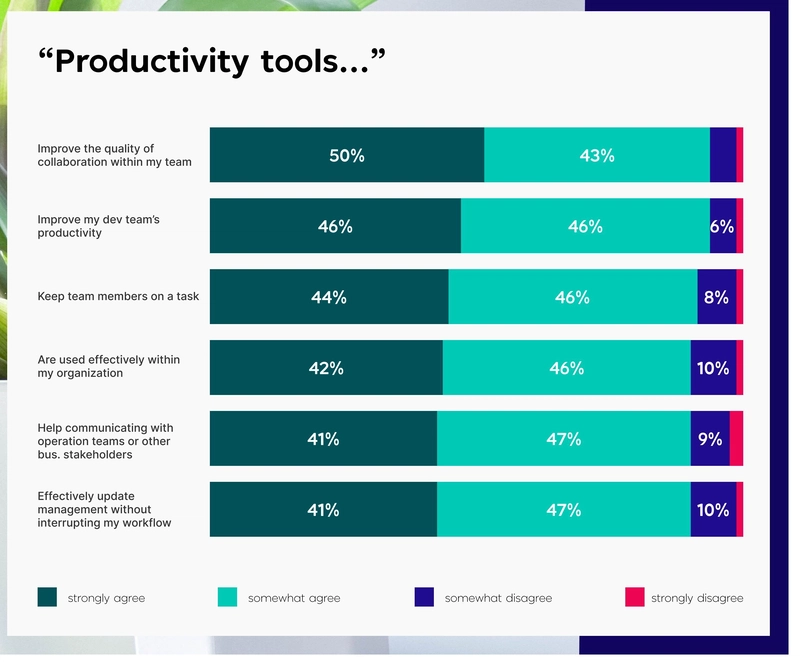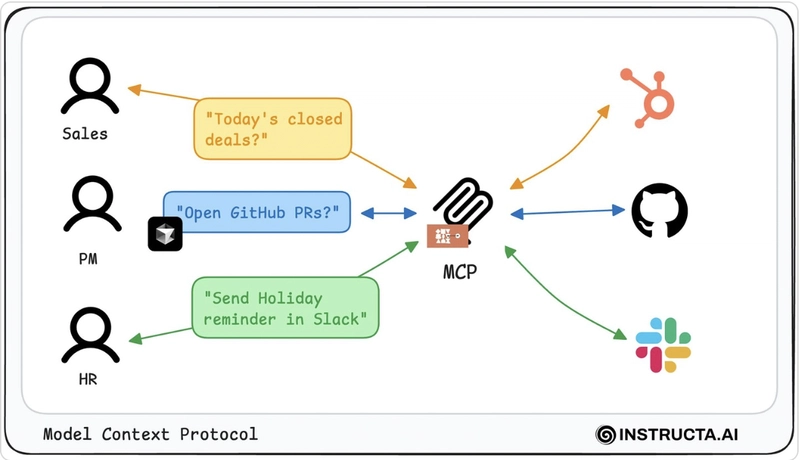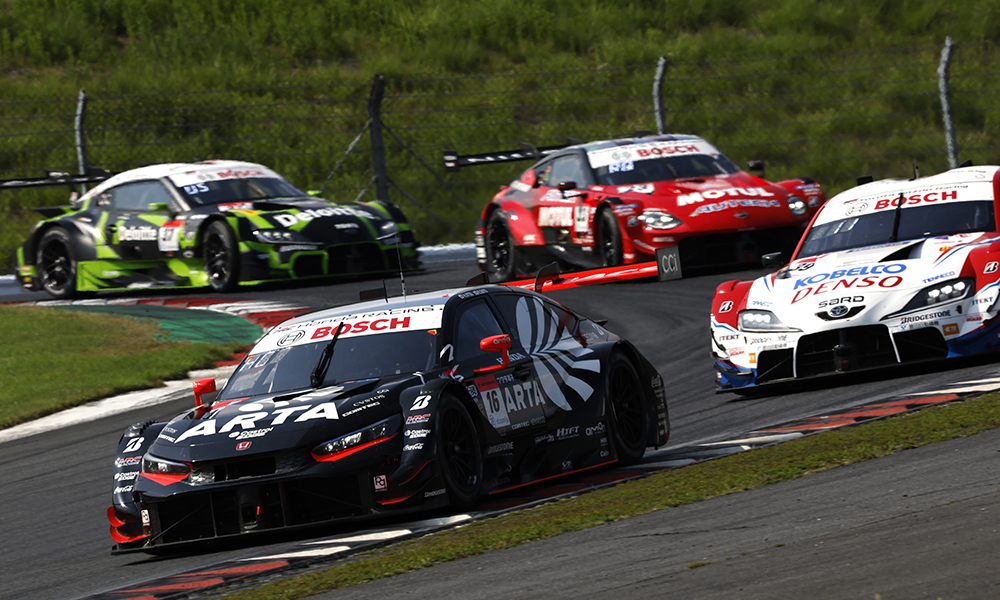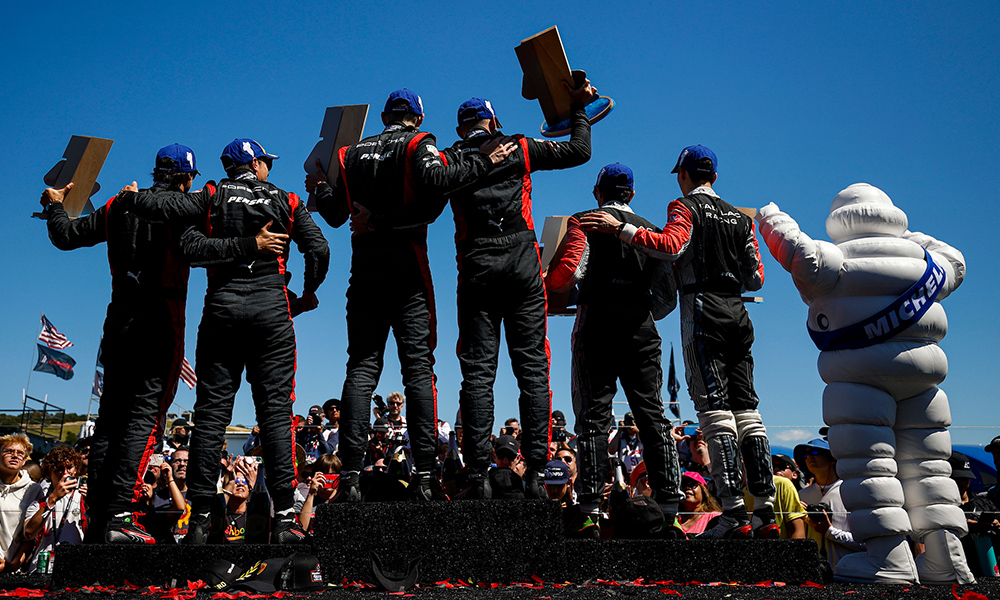How COTA is pushing to make its Lone Star Le Mans a WEC marquee
Much has been written about the new golden age for sports car racing over the past two years, as the convergence of LMDh and LMH has taken (...)

Much has been written about the new golden age for sports car racing over the past two years, as the convergence of LMDh and LMH has taken off. FIA World Endurance Championship and IMSA WeatherTech SportsCar Championship races are attracting record numbers of fans watching on TV, online and trackside with each passing season, and Stateside, both the Rolex 24 At Daytona and Mobil 1 Twelve Hours of Sebring have produced big numbers to kick-start 2025.This, in theory, should bode well for the WEC’s trip across the Atlantic in September for its six-hour Lone Star Le Mans event at Circuit of The Americas.
The WEC has had a strange relationship with the U.S. since the inaugural race at Sebring back in 2012. There have been stops and starts, with the ACO and FIA’s premier sports car championship bouncing between Florida and Texas over the past 12 years, all the while struggling to build and maintain a substantial audience.
Shifting broadcast deals and changes to the venue and dates have been the main culprits, as IMSA’s growth through the DPi era and into GTP testifies there’s a real appetite for endurance sports car racing in America. The future of the world championship in the U.S. is looking increasingly bright though, it seems, as COTA pushes to build on last year’s event and carve out a long-term future for the WEC in Austin.
At a foundational level, the WEC now forms part of a wider strategy by COTA’s management to create four key pillars to the circuit’s annual schedule. The circuit currently welcomes Formula 1, MotoGP and NASCAR each year, and its VP of Motorsports, Andy Soucek, is hoping that securing the future of the circuit’s WEC event will provide a good cadence and momentum from spring to fall into the future.
“We’ve been applying all our experience to try and make this one of our ‘majors.’ It’s a highlight of our season, and we need to make it an event that attracts people from far away with campers, RVs, every year, hanging out watching the racing, bringing friends and family,” he tells RACER.
There are challenges to be overcome, of course. Building a fan base and date equity is difficult, but Soucek is confident that in the short to medium term, attendance numbers will rise as LMEM (Le Mans Endurance Management) and the OEMs involved in the championship continue their promotional push locally and nationally.
Last year, the pressure was on for Lone Star Le Mans to deliver as moving the race from Sebring in 2023 to COTA in 2024 felt like a gamble. Right at the point when Hypercar was taking off, shifting the calendar’s U.S. round from a circuit with 70 years of sports car pedigree and an established event like the 12 Hours, to a modern F1-style facility was, at the very least, bold.
How would the attendance fare? What would the weather be like? How would TV viewership be impacted by holding the race on Labor Day weekend? Would the ticket prices be reasonable enough to attract younger fans and families? These were all questions that needed answering. Nevertheless, LMEM took over the promotion of the race and aimed for punchy targets because it believes COTA is the right venue and that the U.S. is a hugely important market.
“We wanted to have our own events, as a world championship,” Andrew Craig, the WEC’s appointed North American representative, told RACER at last year’s race. “We have great respect for IMSA, but we should be the number one race on the schedule at a meeting and have control of the environment.
“This is not a one-stop event; we want a long-term relationship and there’s no reason it shouldn’t be. Texas is a challenging market for motorsports, that’s true, but we are confident about the future here, and that’s why we invested and created the foundation.”
The result? 65,089 fans made the trip to watch AF Corse’s Ferrari 499P take the win, and paddock passes sold out, despite the trackside temperature averaging 92 degrees F and hitting 96 during the week.
For the first time, Lone Star Le Mans felt like an event that mattered in Austin, rather than a sideshow on a weekend dominated by a Texas Longhorns game.
On the ground, it couldn’t have felt any different from the last-minute running of Lone Star Le Mans in February 2020. Circuit chairman Bobby Epstein moved mountains to dig the WEC out of an Interlagos-shaped hole when the planned race in Brazil for the 2019-20 season was cancelled on short notice. It was a huge effort, which ultimately played a role in the FIA and ACO’s willingness to return with a multi-year deal in 2024.
“The WEC was looking for a base in the U.S., they have grown to the point where they don’t need to partner with IMSA and can easily have a weekend for themselves,” Soucek explains. “There are a lot of tracks in the U.S. and a lot of opportunities that were on the table for them, but the way they were managing their dates, it worked for our calendar, and they appreciate that COTA is a top-tier track. And it worked really well for 2024, because we had a long time to prepare.”
Putting the race on Labor Day weekend brings pros and cons; this is something that Soucek and his team needed to keep in mind.
The weather can be punishing if you’re out of the shade for hours, and it’s a holiday that many families make plans for. On the flip side, it’s also a grand opportunity for people to travel for a long weekend — particularly from out of state — and utilize the free Monday to travel home from the race.
“We’re able to aim to bring people to the track from Central Texas, Houston, Dallas, Florida and other states as well as from overseas,” Soucek says. “But growth will depend on all parties coming together — us, the WEC, the manufacturers, together we will elevate it.”
Lessons were learned last year, and work is ongoing to improve the fan experience further in 2025, beyond the major development work that is ongoing outside the circuit to build an amusement park, water park, hotel and convention center.
“There’s always room for improvement,” Soucek admitted. “But people really enjoyed the value for money we offered. The ticket prices were accessible and fans had open access to all the viewing points. We loved the fact that we could see people making the most of that. Over six hours, you can capture all the key vantage points and make the most of the facilities we offer.
“The focus this year is on trying to promote the event and go bigger on the marketing side, but also to try and give everyone who came last year a better experience across the campus and paddock. We want to provide more entertainment and get people closer to the cars, drivers and teams and see more than before. It will definitely benefit from a change of mindset from manufacturers, who were not sure how many people would show up last year.
“The heat was a talking point too, so we are planning to provide fans more shuttles and quicker shuttles, more shade, more misters, and more A/C areas to allow people to take a break if it’s hot. We’d rather find solutions than move the date.”
The 2026 FIA WEC calendar is expected to be released in June during the build-up to the Le Mans 24 Hours once again, and there is confidence behind closed doors that CoTA will retain its place beyond the initial two-year deal that was previously signed. Beyond 2026, though, is where there’s potential for movement again.
Negotiations are ongoing between COTA and the WEC to extend the current contract for multiple years. However, another successful event this September will be key to securing the deal that both sides want.
If fans do indeed turn up in sufficient numbers again and the manufacturers agree that it’s a valuable stop on the world tour, then Lone Star Le Mans can continue to take further steps towards the ultimate goal of becoming an annual endurance classic. The early signs are encouraging — tickets are already on sale for the 2025 race, and take-up is on track to exceed last year’s.
“My gut feeling is that there’s no reason why we shouldn’t be the WEC’s home for a long time,” Soucek says. “One thing I can say is that the relationship between the two organizations is close; we talk regularly. All the ingredients are there to build something.
“When you’ve created a fan base and a destination for sports car racing, you need to build it. Sebring didn’t happen one day to the next — it needed years to make it a destination. We need consistency. We had WEC for several years, there was a gap of four years, then we started from zero. Now we know how much the WEC has grown since then, and we hope to capitalize on that. We want COTA to become a home for the WEC, and that’s why we are in talks to keep it that way.
“If you asked Bobby back in 2012 how many people he thought he could get to COTA for the F1 Grand Prix, I’m pretty sure he wouldn’t say 430,000. It’s amazing the difference a decade can make.”















































































